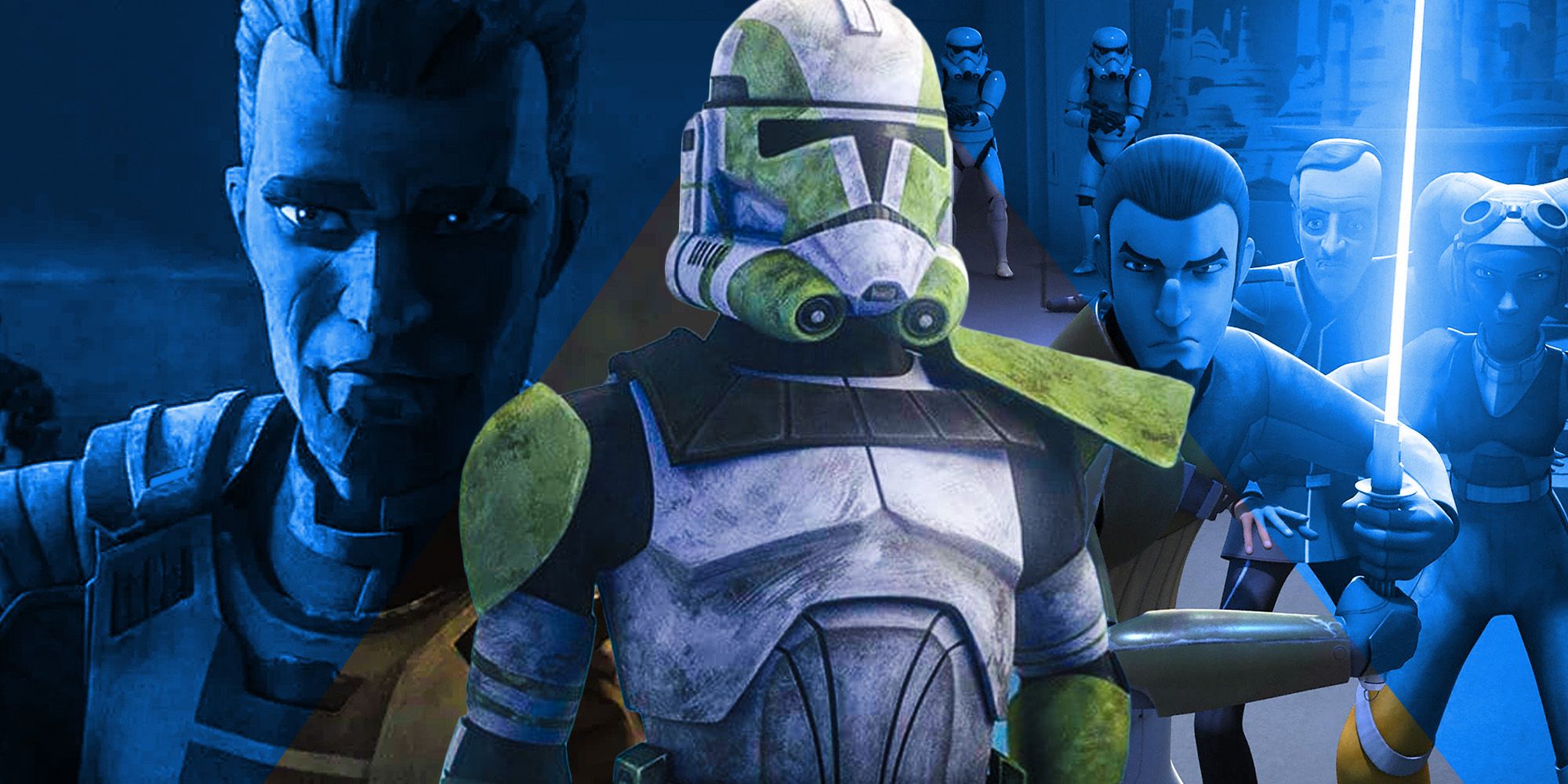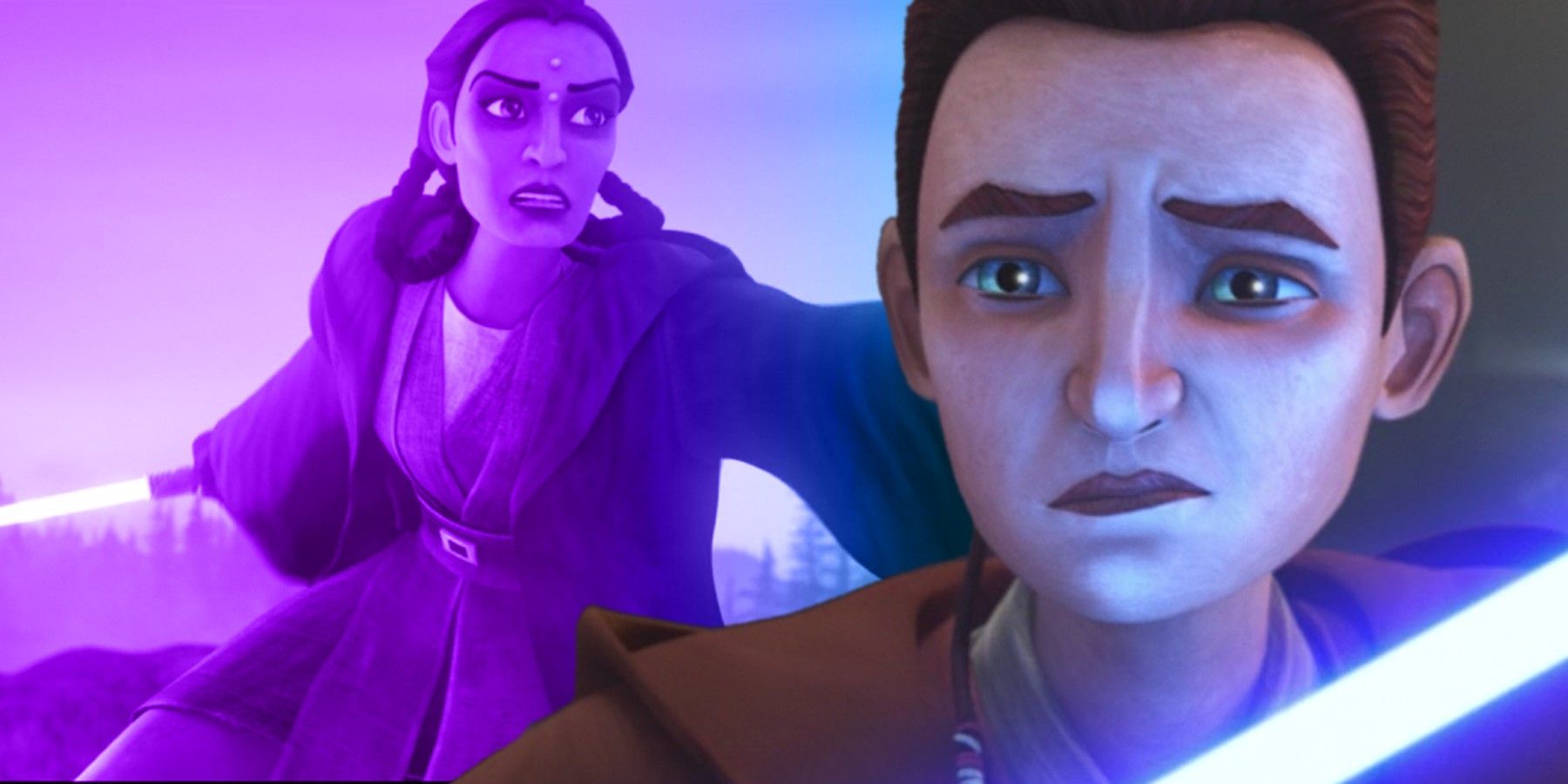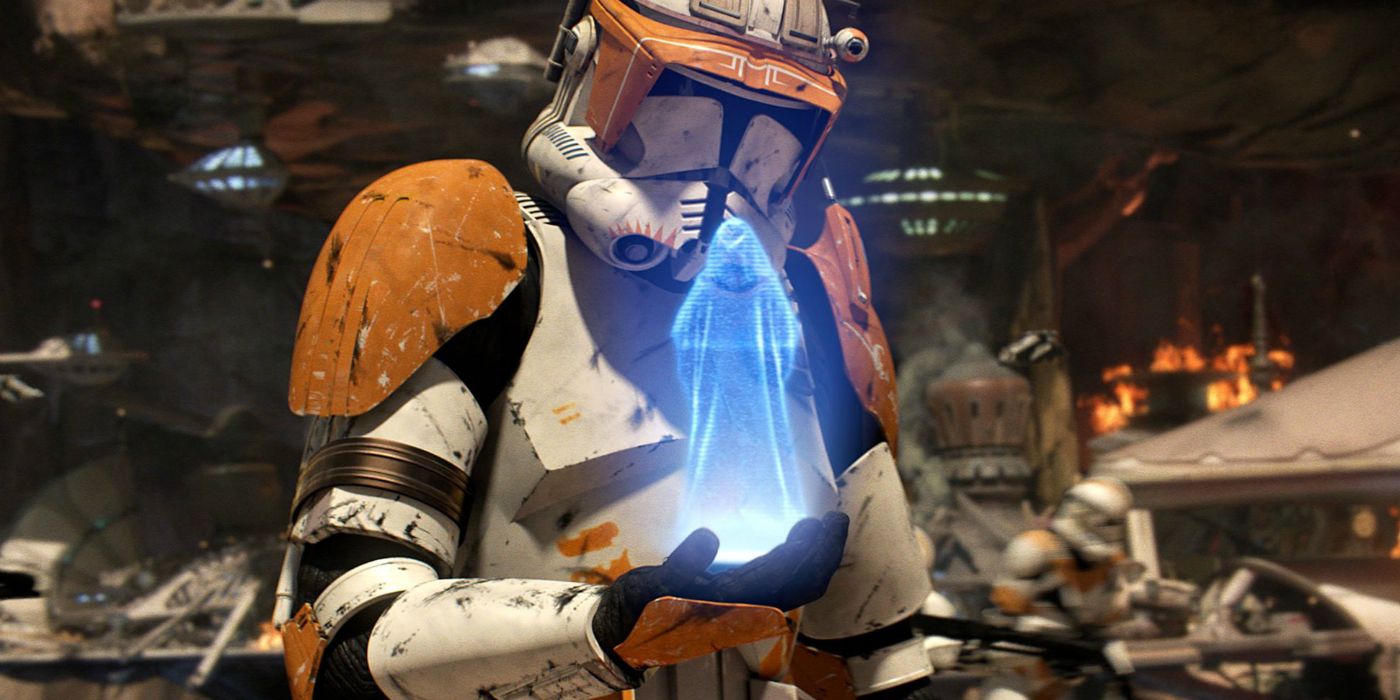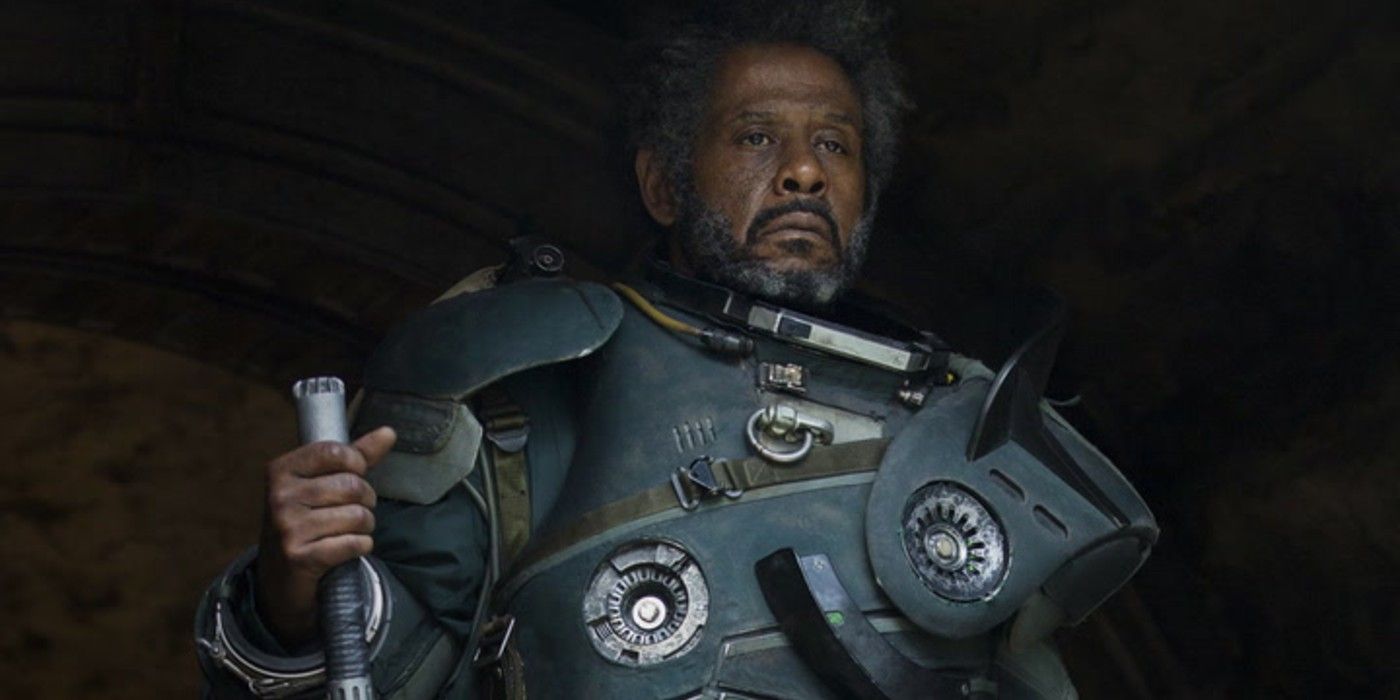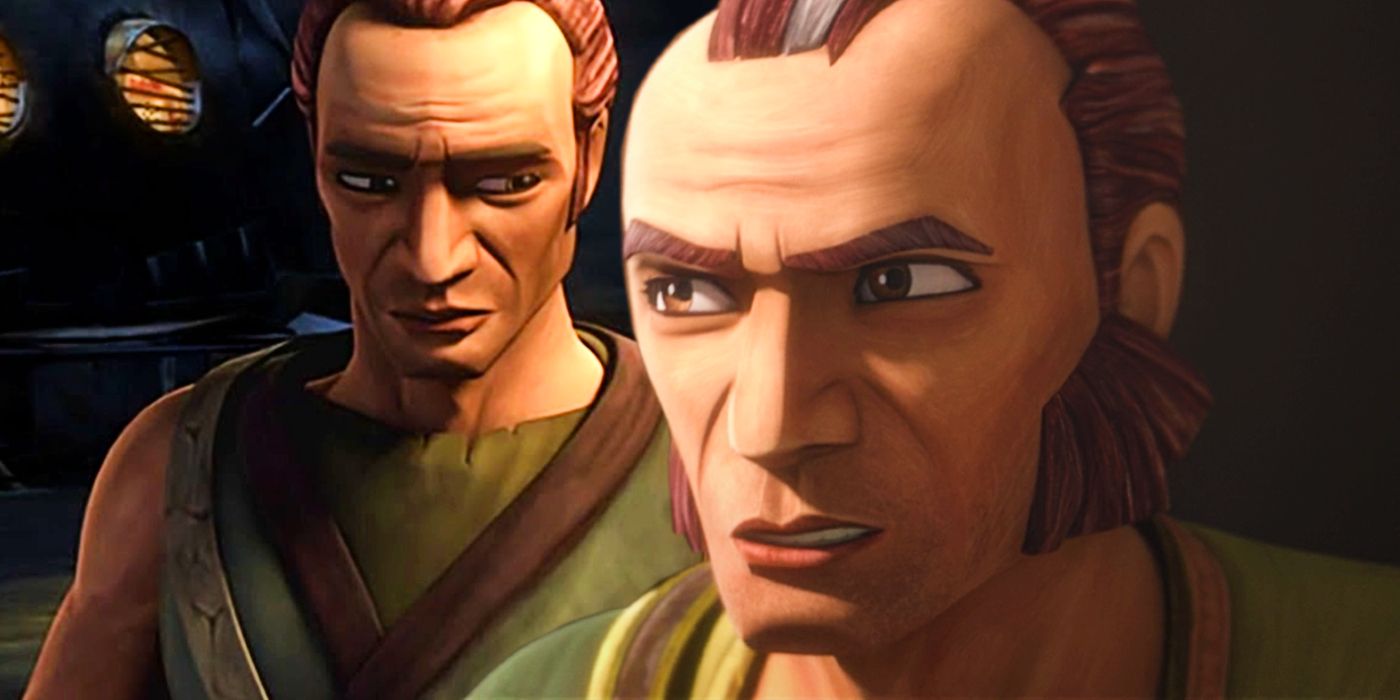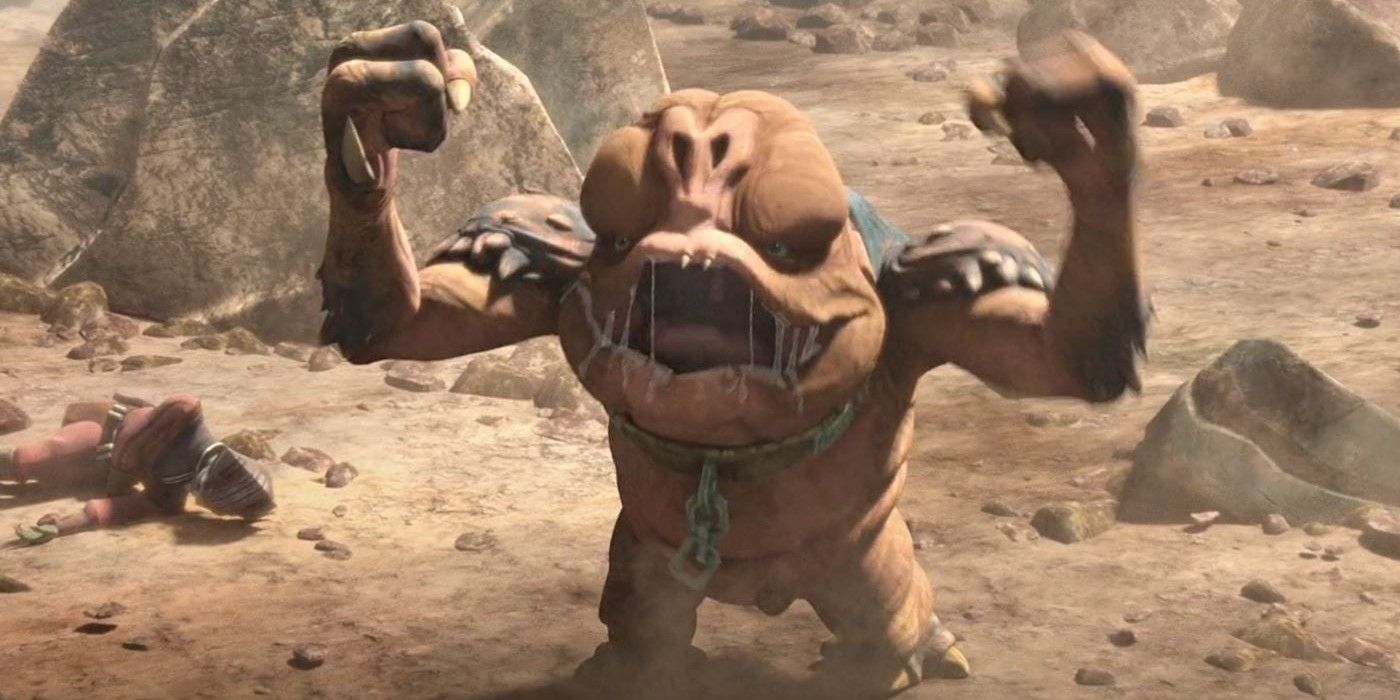Star Wars: The Bad Batch has included a surprising number of retcons to the Star Wars canon. In the past, Star Wars adopted what can be best be described as a tiered approach to canon. George Lucas' own vision - all the films and TV shows he was involved in - were absolute canon, and other mediums were only canon to the extent they didn't contradict anything Lucas did. That approach allowed Lucas to absorb elements from the old Expanded Universe that he liked, such as the galactic capital of Coruscant, while he could dismiss anything he wanted to take in a different direction. Karen Traviss' popular Mandalorian stories were summarily erased when Lucas decided to explore Mandalorian culture in Star Wars: The Clone Wars, for example.
When Disney acquired Lucasfilm in 2012, they erased the old Expanded Universe from continuity altogether, branding it Star Wars Legends. They then relaunched the canon, promising from that point on everything would be equal in terms of canonicity - that a book would be just as important as a comic, a film as a TV show. Lucasfilm understood that, to many fans, the assurance something is "canon" is simply a way of indicating it actually matters to the overarching narrative. But, in truth, that approach could only ever be a temporary one; it was always going to be a matter of time before continuity became too vast to keep track of, and retcons started to emerge. That time has finally come, with Star Wars beginning to break its own canon with remarkable frequency.
Star Wars: The Bad Batch is at the heart of this, including a surprising number of retcons. Some are easy to understand, but others are more peculiar and surprising. Here are all the retcons that have featured in the TV show - so far.
How Kanan Jarrus Survived Order 66
The very beginning of Star Wars: The Bad Batch was the biggest retcon so far - the origin story of Kanan Jarrus, aka Caleb Dume, the Padawan who survived Order 66 and played a key part in Star Wars Rebels. In the comics, Caleb and his Master, Depa Billaba, were resting at a campfire on the planet Kaller with their clone troopers when Palpatine issued Order 66. Depa held off the clones in order to allow her Padawan to survive, and Caleb wound up on the run from the same troopers who had executed her. Star Wars: The Bad Batch reinvented that entire scene, still setting it on Kaller but showing the Jedi in battle against the Separatists. They were rescued by the Bad Batch, and were about to press home their advantage when the clones received Order 66. Hunter then concealed Caleb's survival by claiming to have killed him.
It's a curious narrative choice, probably simply reflecting Star Wars: The Bad Batch showrunner Dave Filoni's desire to tell a complete story in the animated format and thus reveal how Caleb Dume survived Order 66. But, while Lucasfilm set the story on a planet called Kaller, it's surprising to note just how much they changed. Kaller looked completely different, the circumstances in which Order 66 was received had been switched up, and the Bad Batch were added into the story. Even the smaller details had been adjusted, with Depa Billaba's lightsaber blade changing color.
Order 66 Affects Personalities
The nature and long-term impact of Order 66 has changed as well. Previously, it had been believed Order 66 simply overrode a clone trooper's judgment in order to ensure they obeyed the order to kill any and all Jedi; but in Star Wars: The Bad Batch, the inhibitor chips appear to have rewritten the clones' entire personalities. Clone troopers have literally become evil with a flick of a switch, no longer caring about loss of life, far more aggressive and vindictive. No doubt this has been done in order to streamline the narrative, because it means the Bad Batch can kill any clone troopers they encounter while Crosshair is absolved of responsibility for his future actions because he's literally been reprogrammed and no longer has any real agency of his own.
Saw Gerrera's Origin Story
Star Wars: The Bad Batch has streamlined the narrative of freedom fighter Saw Gerrera. James Luceno's excellent novel Catalyst suggested the end of the Clone Wars led Saw to initially become absorbed in the galactic underworld, and it took time for him to decide to oppose the Empire. But Star Wars: The Bad Batch has changed that, revealing Saw immediately dedicated himself to destroying the Empire. The Republic-trained warrior became a Separatist overnight, viewed as Public Enemy Number One by the Empire straight away. This particular decision is likely because Lucasfilm want to accelerate the galaxy's transformation into the Empire, ensuring the status quo is as familiar to viewers as possible. That's why Tarkin has been promoted so quickly, while Saw Gerrerra's story has been simplified so he's closer to the character from Star Wars Rebels and Rogue One: A Star Wars Story.
Cut Lawquane's Story After The Clone Wars
Veteran clone trooper Cut Lawquane was reintroduced in Star Wars: The Bad Batch episode 2. Cut fled the Clone Wars, setting on the planet Saleucami, where he married Suu Lawquane and became the father of her children, Shaeeah and Jek. Chuck Wendig's Aftermath trilogy revealed the elderly Cut was still living on Saleucami shortly after Return of the Jedi; but according to Star Wars: The Bad Batch, he left shortly after the founding of the Empire. The continuity problem isn't too major - it can be explained away by simply suggesting Cut and his family returned sometime over the next two decades - but it's definitely odd.
Jabba's Pet Rancor In Return of The Jedi?
Disney keeps retconning the Aftermath trilogy, with Star Wars: The Bad Batch ignoring another minor element of it. That story revealed Jabba's pet rancor in Return of the Jedi had been a male named Pateesa, but in episode 5 Clone Force 99 managed to acquire a female Rancor named Muchi. The final scenes in the episode confirmed Muchi was sought after by Jabba the Hutt, who had sent his majordormo Bib Fortuna to collect her. The implication was that Muchi is the Rancor who will ultimately be killed by Luke Skywalker, although it's left vague enough that you can explain it away by perhaps suggesting Pateesa was Muchi's mate or offspring, especially as there's a long gap between the two. Again, this example is odd in that it was so easily avoided; the story would not have been changed at all had Muchi been a male Rancor called Pateesa. If Muchi is a retcon of Jabba's Rancor, then it would further suggest Lucasfilm doesn't care as much about the continuity and canon as fans do, which is something of a shame.
-
Star Wars: The Bad Batch is rewriting the continuity of Star Wars, and some of the retcons can be explained while others - notably those surrounding Kana Jarrus' survival of Order 66 - simply require viewers to decide which version of the story they prefer. Lucasfilm appears to have moved away from the idea that everything is canon, instead adopting what can be called the Obi-Wan Kenobi approach; that "many of the truths we cling to depend greatly on our own point of view." While the decision is understandable, given the amount of content is building up at a prodigious rate, it does mean Star Wars canon is getting a lot messier.

